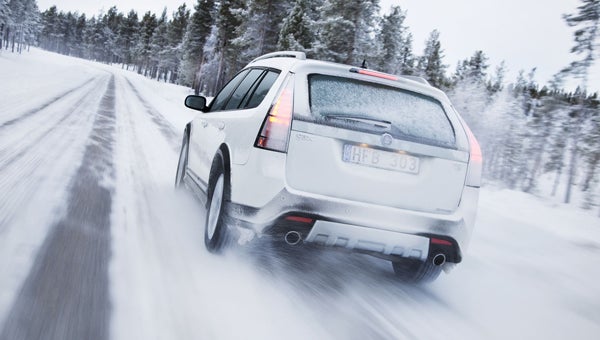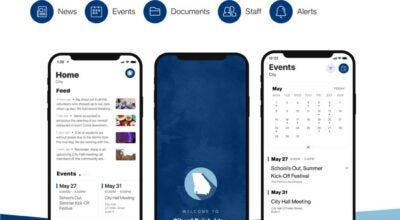AAA gives tips on winter driving
Published 2:11 pm Wednesday, January 29, 2014
Motorists should know the safety rules for dealing with winter road emergencies. AAA reminds motorists to be cautious while driving in adverse weather.
AAA offers the following winter driving tips:
- Avoid driving while you’re fatigued. Getting the proper amount of rest before taking on winter weather tasks reduces driving risks.
- Never warm up a vehicle in an enclosed area, such as a garage.
- Make certain your tires are properly inflated.
- Make certain that all windows and exterior lights are free from snow, ice or anything else that might cover them.
- Keep your gas tank at least half full to avoid gas line free-up.
- If possible, avoid using your parking brake in cold, rainy and snowy weather.
- Do not use cruise control when driving on any slippery surface (wet, ice, sand).
- Always look and steer where you want to go.
- Use your seat belt every time you get into your vehicle.
Tips for driving in the snow:
- Accelerate and decelerate slowly. Appling the gas slowly to accelerate is the best method for retraining traction and avoiding skids. Don’t try to get moving in a hurry. And take time to slow down for a stoplight. Remember: It takes longer to slow down on icy roads.
- Drive slowly. Everything takes longer on snow-covered roads. Accelerating, stopping, turning — nothing happens as quickly as on dry pavement. Give yourself time to maneuver by driving slowly.
- The normal dry pavement following distance of two to three seconds should be increased to eight to ten seconds. This increased margin of safety in front will provide the longer distance needed if you have to stop.
- Know your brakes. Whether you have antilock brakes or not, the best way to stop is threshold breaking. Keep the heel of your foot on the floor and use the ball of your foot to apply firm, steady pressure on the brake pedal.
- Don’t stop if you can avoid it. There’s a big difference in the amount of inertia it takes to start moving from a full stop versus how much it takes to get moving while still rolling. If you can slow down enough to keep rolling until the light changes, do it.
- Don’t power up hills. Applying extra gas on snow-covered roads just starts your wheels spinning. Try to get a little inertia going before you reach the hill and let that inertia carry you to the top. As you reach the crest of the hill, reduce your speed and proceed downhill as slowly as possible.
- Don’t stop going up a hill. There’s nothing worse than trying to get moving up a hill on an icy road. Get some inertia going on a flat roadway before you take on the hill.
- Stay home. If you really don’t have to go out, don’t. Even if you can drive well in the snow, not everyone else can. Don’t tempt fate: If you don’t have somewhere you have to be, watch the snow from indoors.






